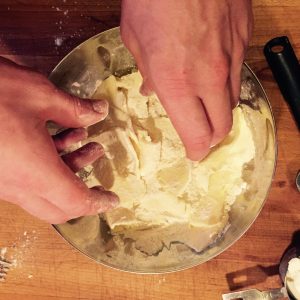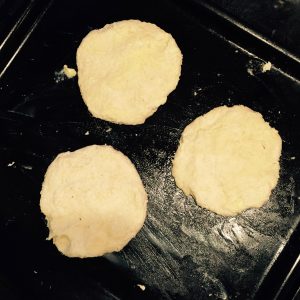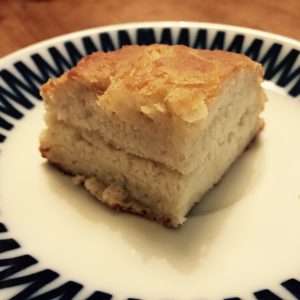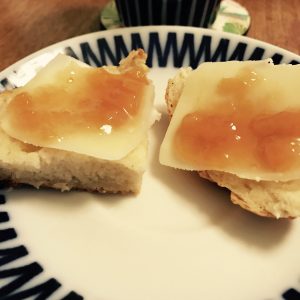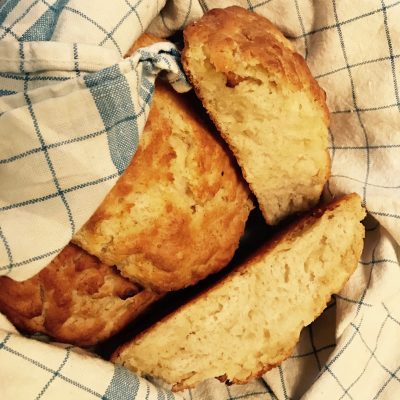 Let’s do some breakfast shall we? But, let me just hedge this a bit first. I am but a simple Swede and I do realize that I’m trodding English turf here. So, with that out of the way:
Let’s do some breakfast shall we? But, let me just hedge this a bit first. I am but a simple Swede and I do realize that I’m trodding English turf here. So, with that out of the way:
This is by far the recipe that most people have asked me for (or is it..? Might be tied with vegetarian almond balls that I think well get to quite soon). I think it’s because it can be a bit puzzling to do the seemingly same thing over and over and get different results, insanity and all that. Despite using the same basic ingredients in the same approximate amounts, the end result of this recipe can vary quite a lot. I’m not exactly sure why this is, but the end result seem to hinge on the non-ingredient parts to an unusually large extent. I’ll try to highlight what I do that might not be so commonplace.
So what makes a great scone? Let’s start with what doesn’t. Bad scones are either doughy and too compact (failed home made), or too dry and too brittle (Starbucks). Thusly, a good scone is moist and fluffy!
After experimenting a great deal I find that the simple recipe below makes for a really fabulous scone. Just make it a Sunday tradition to get some practice under your belt. Most importantly though, whatever you do, do not skimp on the butter (you can however add more if the occasion is special).
The best thing of all? It’s carb free…!
Just kidding. It’s smack full of carbs.
